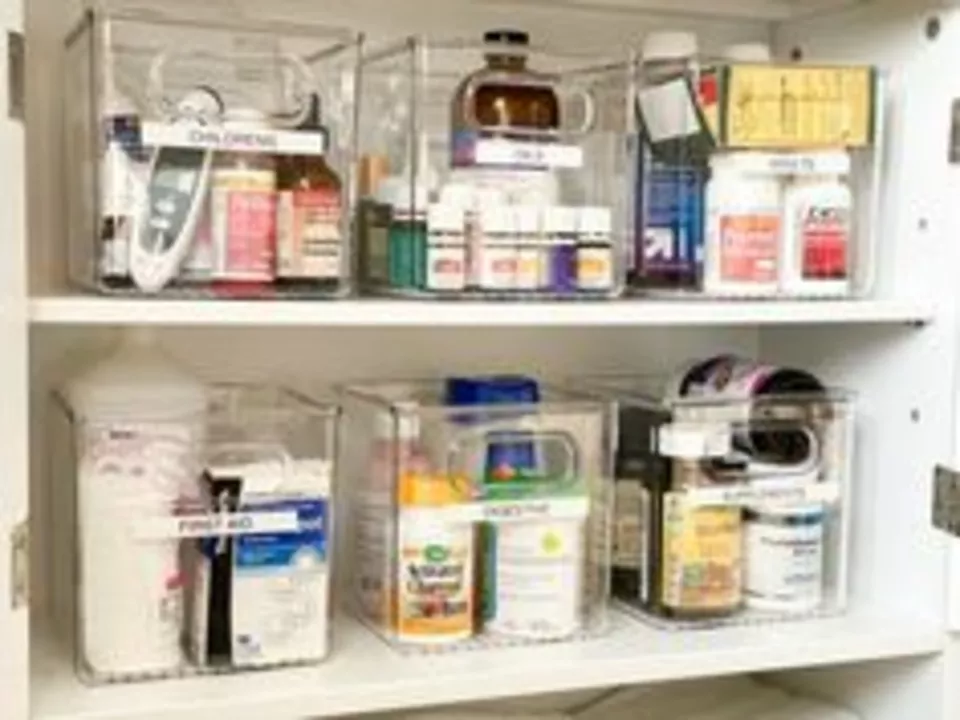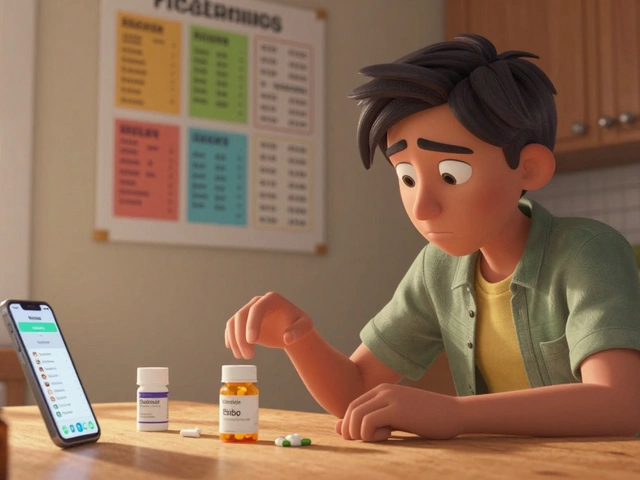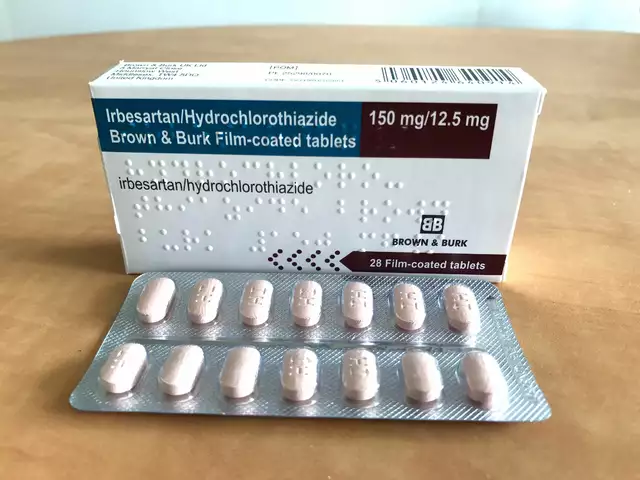Safe Disposal: How to Get Rid of Medications, Needles, and Medical Waste
Throwing away old pills or used needles the wrong way can put kids, pets, and the environment at risk. You don’t need special training to do this safely, but you do need a simple plan. Below are clear, practical steps you can use today, plus where to look for official take-back options.
What to do with pills, liquids, and patches
First, check local options. Many pharmacies and police stations offer medication drop boxes or take-back events that accept most prescriptions and over-the-counter drugs. That’s the best choice when it’s available.
If you can’t get to a drop-off, follow this home method: remove personal info from the bottle, mix the medication with an undesirable substance (used coffee grounds, cat litter, or dirt), put the mix in a sealed bag or container, and toss it in your household trash. This reduces the chance someone will find and misuse the meds.
Don’t flush meds down the toilet unless the FDA or local health authority lists them as safe-to-flush in your area. Some high-risk drugs are on an official flush list because accidental ingestion is extremely dangerous, but most drugs should not go into drains because they can harm waterways.
For patches (like some pain patches), follow package directions. Many patches still contain active drug after use and need special handling; sealing them and throwing them away in a sealed container is often recommended, but if the label says to flush, follow that instruction.
How to handle sharps, insulin pens, and syringes
Sharps require careful handling. Don’t put loose needles into regular trash bags. Use a proper sharps container. If you don’t have one, use a hard plastic bottle (laundry detergent bottle works) with a screw cap. Put needles in point-first, fill only up to the marked line, tape the cap closed, label it, and follow local rules for disposal.
Many communities accept sealed sharps containers at drop-off sites, pharmacies, or hazardous-waste centers. Some mail-back programs let you send a sealed, prepaid container to a disposal service. Check your health department web page for approved options and any fees.
Insulin pens and lancets are treated like other sharps. Remove personal info from prescription labels before dropping off or mailing containers.
Controlled substances need special care because they can be dangerous if taken by someone else. Take-back programs or specific pharmacy services are the safest route. If none exist, follow the sealed-bag trash method but be extra cautious about hiding or destroying the packaging.
Final tip: when in doubt, call your pharmacy or local health department. They’ll tell you local rules, drop-off sites, and any special steps for particular medicines. A few minutes to check will avoid harm and keep your home and community safer.

How to Properly Store and Dispose of Biosoprolol
As a responsible individual, I've recently learned about the proper storage and disposal of Biosoprolol, a medication for heart conditions. To maintain its effectiveness, it should be stored at room temperature, away from heat, moisture, and direct sunlight. When disposing of expired or unwanted medication, it's crucial not to flush it down the toilet or drain. Instead, I found out that we should follow local guidelines or ask a pharmacist for safe disposal methods. By handling Biosoprolol correctly, we can ensure both our safety and the environment's protection.
Categories
- Medications (50)
- Health and Medicine (46)
- Health and Wellness (34)
- Online Pharmacy Guides (15)
- Nutrition and Supplements (7)
- Parenting and Family (3)
- Environment and Conservation (2)
- healthcare (2)
- prescription savings (1)



